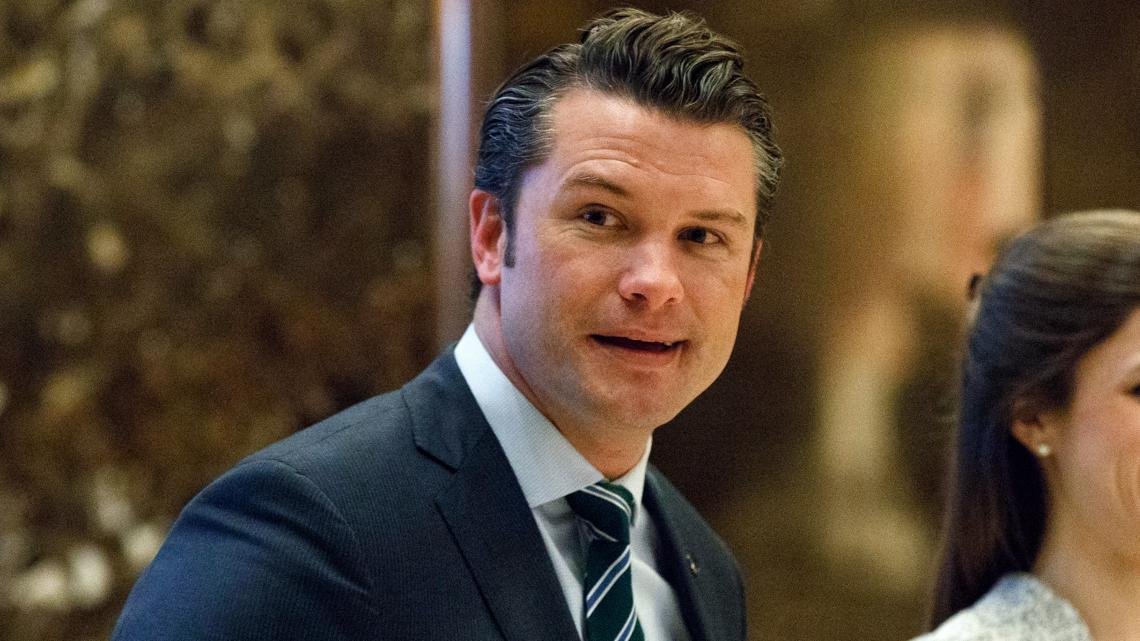cct-tracking
Trump’s Pentagon Nominee Warned as Potential ‘Insider Threat’ by Colleagues

In a troubling revelation, Pete Hegseth, an Army National Guard veteran and a Fox News host, has been identified as a possible security risk amidst his nomination by Donald Trump to lead the Department of Defense. A tattoo on his bicep, associated with white supremacist groups, raised alarms among a fellow service member who flagged him as an “Insider Threat.”
Hegseth, who has previously attempted to downplay the involvement of military personnel in the January 6, 2021, Capitol riots, claims that he was pulled from guarding Joe Biden’s inauguration due to misconceptions surrounding his cross tattoo. He has stated that this labeling as an extremist was unfounded and damaging.
This week, it emerged that a security officer within his unit had expressed concerns about another tattoo, “Deus Vult,” which has also been co-opted by white supremacist organizations. The individual felt the tattoo could indicate a potential threat, prompting him to alert unit leadership to Hegseth’s tattoos.
If confirmed in his position, Hegseth would be at the helm of a military institution that has acknowledged and reacted with alarm to extremist activities, particularly in light of the January 6 events where individuals in tactical gear stormed the Capitol.
Following investigations, it was revealed that over 480 individuals with military ties were implicated in ideologically motivated extremist crimes between 2017 and 2023, emphasizing the severity of the issue. While Lloyd Austin, the current Secretary of Defense, has maintained that such extremism is not widespread in the military, data indicated that military backgrounds are linked to higher risks of mass casualty plots.
In the months following the Capitol insurrection, Hegseth has notably minimized its seriousness, referring to the participants as patriots who were awakening to perceived injustices against them. His portrayal starkly contrasts with the findings that of the 14 individuals convicted for seditious conspiracy related to the events, eight had military experience.
Hegseth’s commentary on the issue reflects a polarized view, suggesting that the military’s response to extremism is an overreach. He argues that acknowledging the problem of extremism in the ranks is a fabricated notion, aimed at undermining those he labels as “rank-and-file patriots.”
His military service, spanning nearly two decades, included multiple deployments but has since become controversial due to his support for individuals convicted of war crimes. In public statements, Hegseth has expressed pride in advocating for pardons for convicted service members, suggesting that he has been vocal against what he sees as unjust treatment by the military judicial system.
Amid this context, Hegseth’s nomination raises significant concerns among observers. His history of downplaying extremism and his associations with symbols that have troubling connotations may complicate his prospective leadership role within the Department of Defense.
As details surrounding his tattoos and their implications unfold, the conversation about extremism in the military continues to gain traction, revealing deeper societal tensions and individual narratives that challenge the prevailing discourse on loyalty and patriotism in America.

















